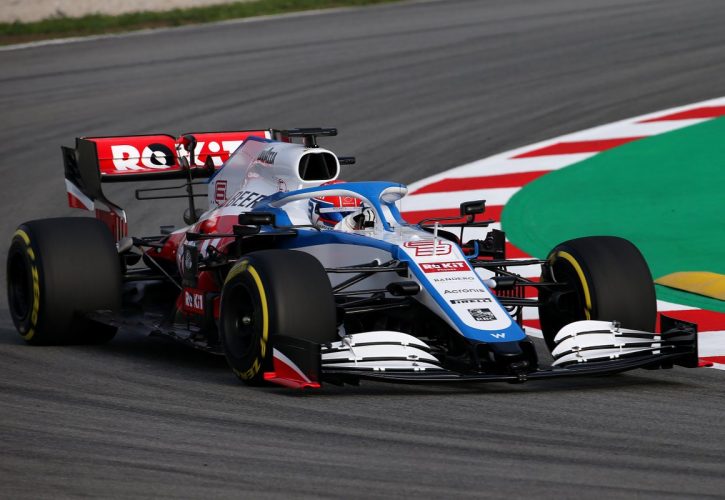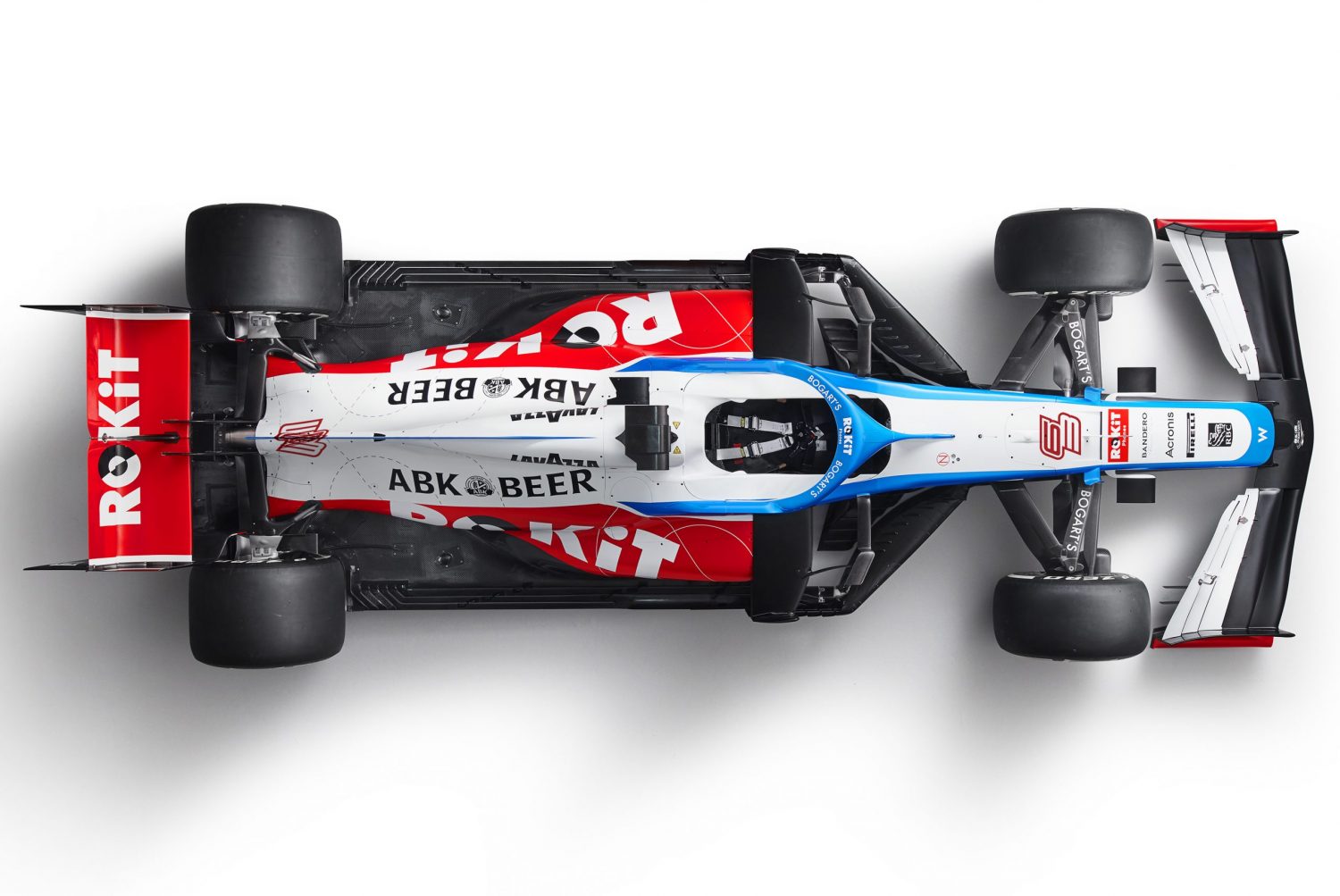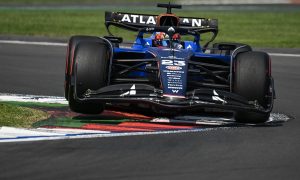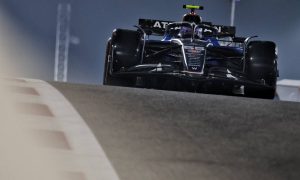
Williams Racing will attempt to pull itself up the grid this season, and yet its new FW43 features no "fundamental concept changes" compared to its predecessor.
Williams revealed its 2020 charger on Monday which showcases a striking new livery. But under the skin, there's been an evolution rather than a revolution despite the dismal results achieved by last year's car.
Raising the bar to help Williams extricate itself from the doldrums has incited the team's engineering department to focus on areas of the FW43 where performance gains remained untapped.
"The team at the factory have been working incredibly hard on the development of the car for the 2020 season," said Williams' design director Doug McKiernan.
"We have paid significant attention to understanding the problem areas of the FW42 and we have carefully chosen parts of the car to develop, those that would give us the most performance for the resources we have.
"The main concept behind the FW43 is that it is a continuous development of the FW42, with no fundamental concept changes to the layout.
"The most important indicator that we are on the right path will be the level of correlation we have between the tool kit we use to design the car and what the track data is telling us.
“There has been a healthy development rate in the wind tunnel, and we have found reasonable improvements in the cooling efficiency.
"The team has addressed the mechanical issues that affected it in 2019, these include the brakes and the overall weight of the car.
"We have made some good progress across these areas and will continue to focus on them during the season."

©Williams
Chief engineer Adam Carter made clear that the team's resources were exploited as efficiently as possible.
"The decision to retain some of the core architecture of the FW42 means there has been less resource invested in developing new concepts, which in turn has rewarded the design team with greater bandwidth to optimise their work, evident in both packaging and component detail," Carter explained.
"By preserving some key parameters, it has allowed for an uninterrupted development programme within aerodynamics in order to maximise the efficiency of the resources.
"As we head towards the pre-season tests and then onto the race season, the most important measure will be the progress relative to our peers, along with our intention of continuing our recent record of reliability."
Gallery: The beautiful wives and girlfriends of F1 drivers
Keep up to date with all the F1 news via Facebook and Twitter







